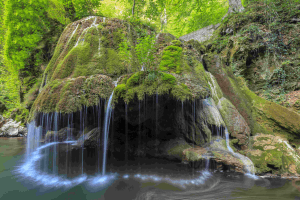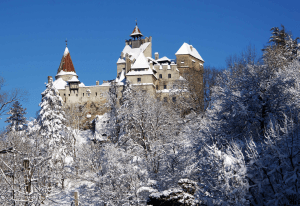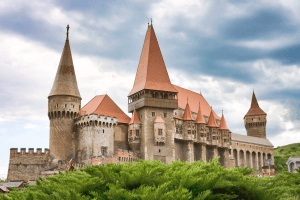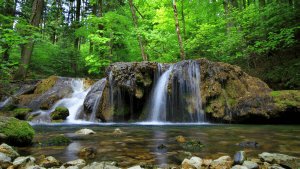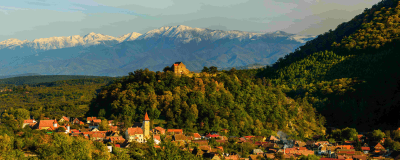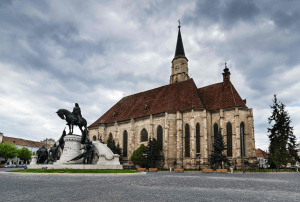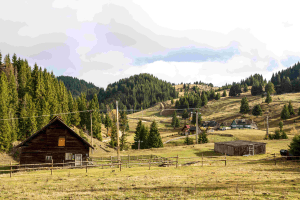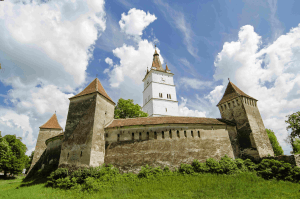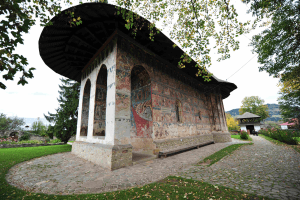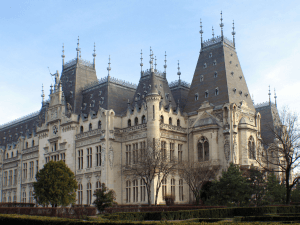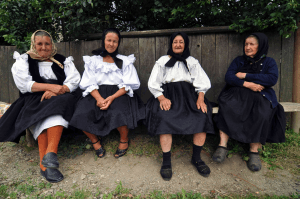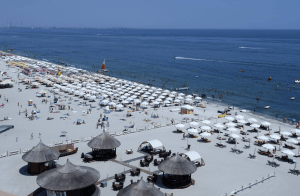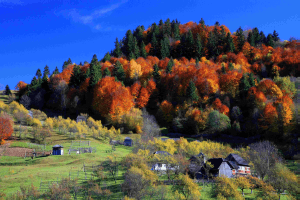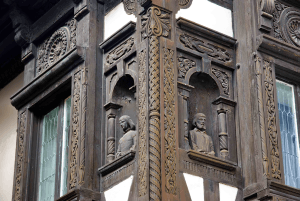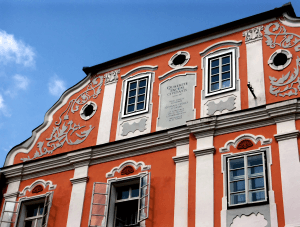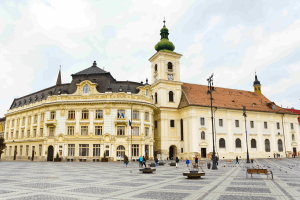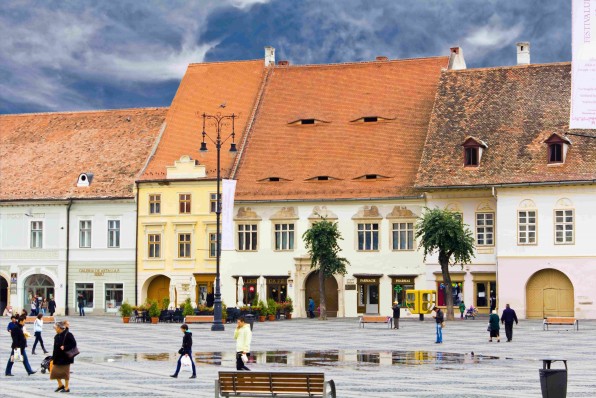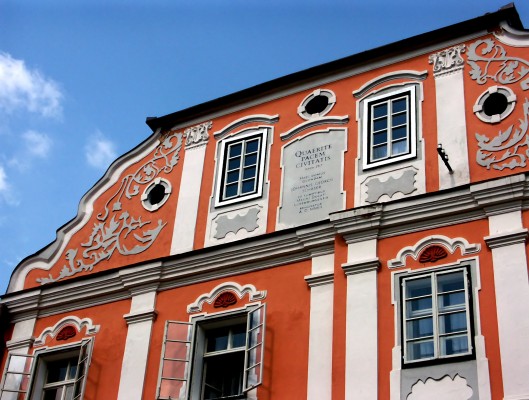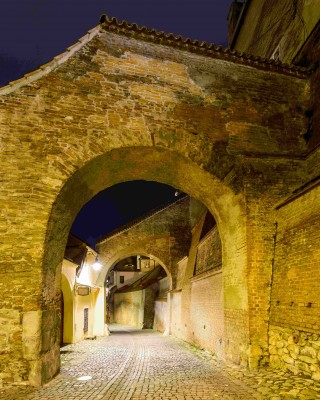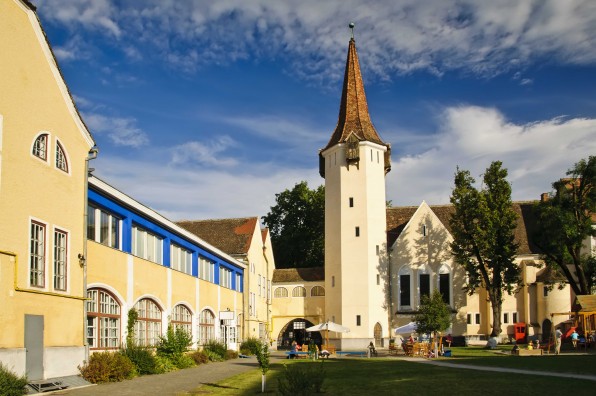Main attractions
The Council Tower (1, Small Square) is one of the best known monuments in Sibiu. Its present height is that of a 7 stories-building, with small openings on the façade.
The Evangelical Church (1, Huet Square) is one of the most important places of Lutheran worship in Romania.
Samuel von Brukenthal High School (5 Huet Square): it is erected on the location of an old school, which was referred to in official records refer around 1380. In 1471 it turned into a boarding school. Given the spreading of the Lutheran Reformation, the school was transformed into a gymnasium receiving the title “Gymnasium academicum”. This gymnasium schooled young people from all over Transylvania, some of them being solicited as teachers for Wallachia. Nearby, the school library dates back to 1598.
The Samuel von Brukenthal Palace (4, Large Square) was built between 1777 and 1785, was serving as the headquarters of the Transylvanian Government, and also as the Baron’s personal residence and art museum. The façade of the Palace is pretty rough, symmetrical with 9 windows on each floor. The most significant element of the façade is the stone framing of the gate, a portal built by the sculptor Simon Hoffmeyer, a Cluj native who later resided in Sibiu.
The Bridge of Lies was built out of wood before 1771 and was rebuilt in 1859 using cast iron, being the first bridge of cast iron in Romania. The origin of the name, Bridge of Lies, is highly disputed, based upon many legends, each with its own mystical charm. The most credible of them is that this bridge used to be a promenade for young couples in Sibiu and young military cadets who used to utter vows and promises of eternal love, of which most were lies.
The Guild Towers: since the Middle Ages, the guilds had been very active in Sibiu. In 1376 there are 19 guilds mentioned, comprising 25 professions (Thick Tower, Carpenters’ Tower, Potters’ Tower, Harquebusiers’ (Gunsmiths’) Tower, Barbers’ Tower, etc.)
 Authentic Romania
Authentic Romania Our Specials
Our Specials City Breaks
City Breaks




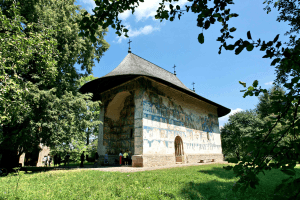
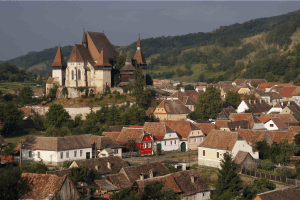
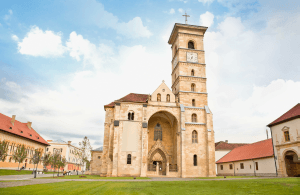
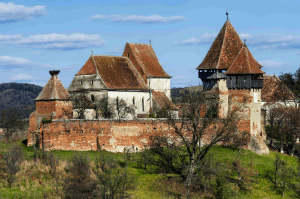
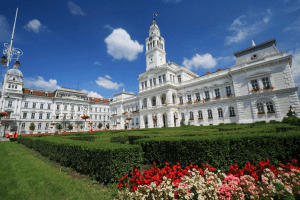
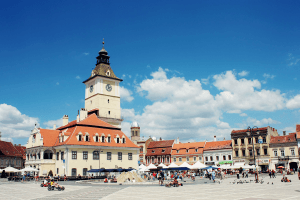
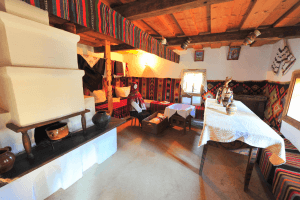
.png)
